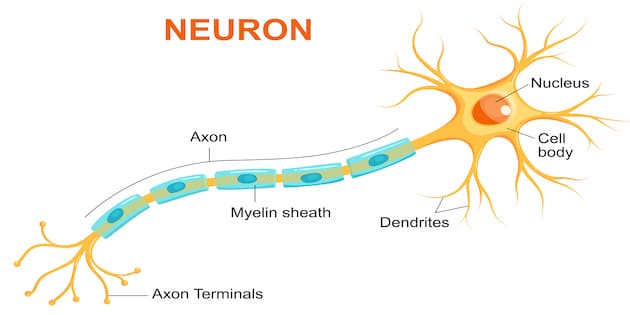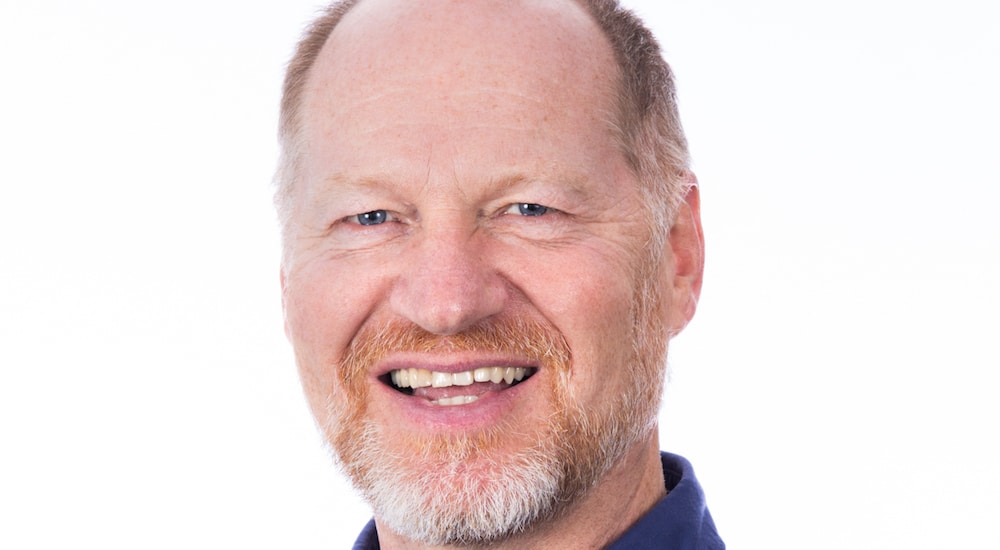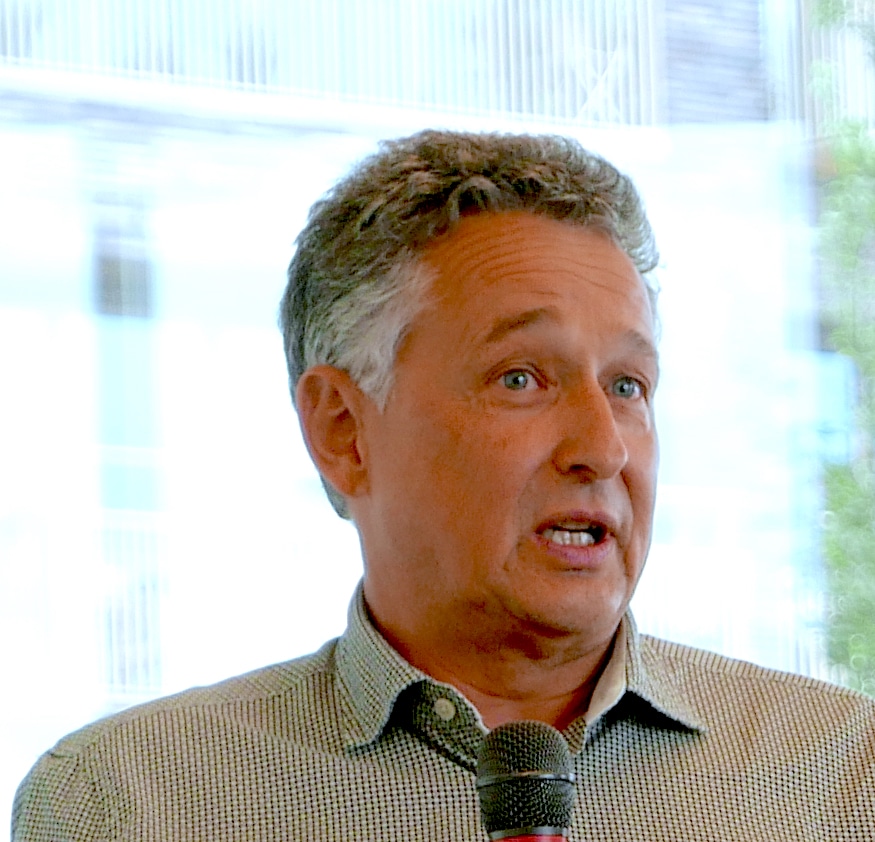Munich research showing nerve fibre training independence underlines importance of balanced sensory experience in both ears
A Munich-based mouse study exploring neural structures under stimulation suggests a crucial asymmetry at the level of nerve fibres in the auditory system.

In other words, there are implications for studies of auditory symmetry, this particular research suggesting that stimulation of nerve fibres carrying impulses from one ear will not compensate for deficits in the other ear. Axons, the long projections that transport electrical impulses from a neuron, seem to train individually.
The speed at which axons transmit depends on myelin sheaths – a protein and fat composition – wrapped around them. The thicker the sheath, the faster the trasnsmission. And scientists led by principal investigator Dr. Conny Kopp-Scheinpflug, neurobiologist at the Ludwig Maximilian University of Munich Biocenter, knew that stimulation, such as through ambient sounds to the auditory system’s nerve bundles, can enhance myelin sheath thickness.
When deprivation occurs during adulthood, myelin thickness is reduced, but it was unclear whether sensory stimulation adjusts myelination in a global fashion (whole fibre bundles) or whether such adaptation occurs at the level of individual fibres.
The researchers set up an experiment. Lab mice were rendered temporarily deaf in one ear by means of an earplug. They established that the nerve fibre bundles they investigated in the brain contained axons that carried information from the right ear as well as axons transmitting information from the left ear.
The experiment showed that only the myelin sheaths of the axons that belonged to the non-plugged active ear were strengthened in the mixed nerve fire bundles, therefore not affecting those in the adjacent plugged ear.
The results suggest axons learn individually, not by passing information from one to the other. And “the data show that sound-evoked activity increased the number of myelin layers around individual active axons, even when located in mixed bundles of active and deprived fibres,” say the scientists.
But the lack of global compensation, they underline, “emphasises the importance of balanced sensory experience in both ears throughout the lifespan of an individual.”
The study was published this March 2024 in the journal Proceedings of the National Academy of Sciences.
Source: PNAS/EurekaAlert


